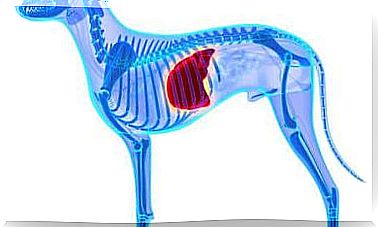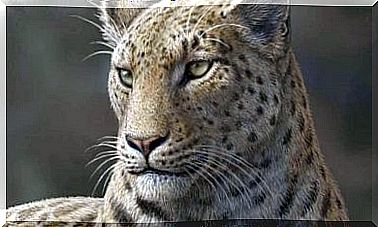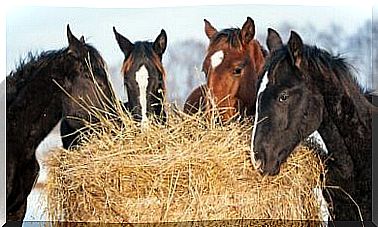Elephant Shrews: Everything You Need To Know
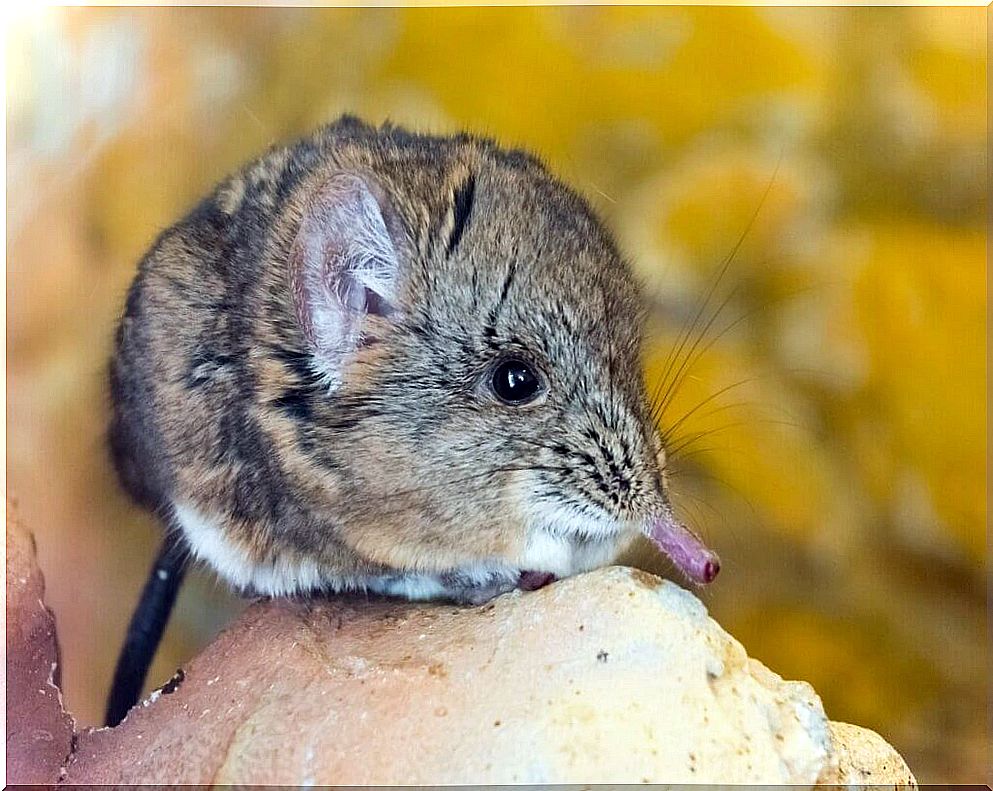
Elephant shrews constitute a very peculiar order of African mammals ( Macroscelidea ) that has lived on the continent for thousands of years. These animals are also known as sengis . Although they form a single order, this taxon is composed of 4 genera and 19 living species, which makes it quite diverse.
Despite the name, it is incredible to discover the origin of these species, which actually have nothing to do with shrews. Currently, they are at serious risk of extinction, but they are included in projects that defend their conservation. In the following lines, you will discover all the secrets that these small mammals keep.
Physical characteristics of elephant shrews
Such an outstanding name is given to these animals because of the shape of their heads and their snouts. They have a very long and thin nose, in addition to being mobile, with which they look for food, predators or their own kind.
The hind legs are well developed, especially in bone areas such as the fibula, tibia and metatarsal. The elongation of these bony structures and the position of the hips allow this animal to jump around its habitat, like a rabbit.
Externally, it is normal for many people that elephant shrews resemble the shrews themselves, but they are actually much larger. The sengis can get to measure more than 30 centimeters long. In fact, some species of elephant shrews easily weigh 700 grams in weight, unthinkable for typical shrews.
Depending on the species, the coat color changes, but in all cases they are brown animals, some darker than others. This change in coat occurs because each species inhabits different ecosystems, from the desert to the tropical jungle.
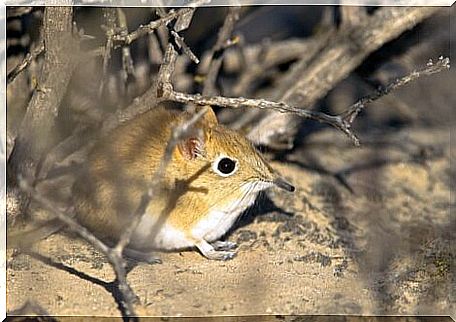
Evolution of Elephant Shrews
Before knowing how these animals live, what their diet or reproductive strategy is, it is necessary to know their origin. If elephant shrews aren’t shrews, then what are they?
For many years, phylogeny scholars have classified these animals as insectivores and, in turn, relatives of small shrews. Later, when this idea was discarded, elephant shrews were included in the order of lagomorphs, like rabbits.
Currently, and thanks to advances in genetic sequencing and the study of genomes, it is known that elephant shrews share structures in their DNA called retroposons. These are a unique feature of the Afrotheria group, a superorder of mammals that includes animals such as elephants, dugongs and manatees.
These results show that elephant shrews and other large African mammals have a common evolutionary origin. In fact, shrews have teeth that are unique to animals whose diet is based exclusively on plants. But, of course, elephant shrews also like to eat insects.
How do the sengi live?
Unlike other small mammals, elephant shrews are diurnal animals and are most active throughout the day. During the light hours, these animals look for food or, if the time is right, they reproduce.
The sengis are mostly monogamous animals. They usually form a lifelong couple and share common territory, but are rarely seen together. Their way of knowing if their partner is safe and sound is through the scent marks they leave all over the territory.
They are very territorial animals, so they do not allow intruders to enter their land. If this situation were to happen, there would be a strong and quick fight between the opponents, until the intruder was dislodged.
reproduction
In most species, these animals are fertile year-round and can have up to 4 litters. However, certain individuals who live at higher altitudes seem to have a reproductive interruption during the coldest times of the year.
Gestation lasts between 45 and 60 days. At birth, the chicks are covered in fur and can move around, but prefer to remain hidden for about 3 weeks in the burrow. After this period, they go out and chase the mother wherever she goes for a week. Eventually, the puppies become independent, albeit within the same territory as the parents.
Upon reaching adult size, which occurs about 9 weeks after birth, the puppies set out in search of their own territory. In this way, they avoid competing with family members in future disputes.
Threats from Elephant Shrews
Like many other species of animals and plants, elephant shrews’ greatest threat is habitat destruction, fragmentation and degradation.
Mainly, fragmentation prevents these animals from moving freely through the habitat and from accessing available resources. Furthermore, it becomes difficult to find a partner or establish new territories.
According to reports recently published by the International Union for Conservation of Nature (IUCN), arson is the main cause of habitat destruction that, in many cases, has already killed more than 30% of sengi populations .
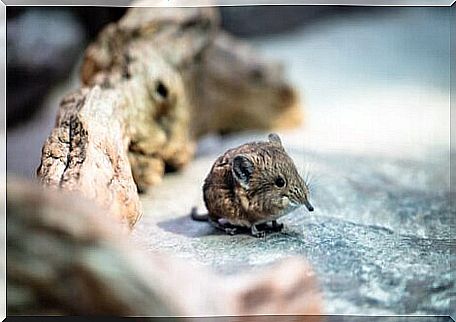
Today, the main battle waged by associations such as the African Wildlife Foundation is the detection of fragmented areas to start reforestation work. In this way, different populations of sengis are helped in their recovery.
